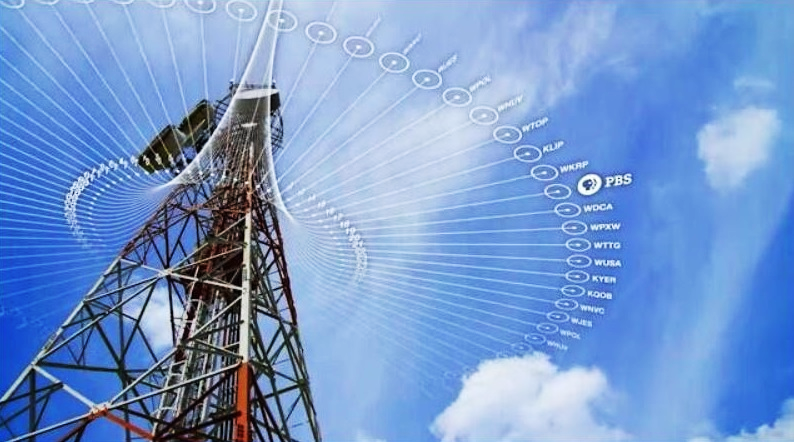
Ken Burns. Mister Rogers. Downton Abbey. Earthquake warnings? Yes. While famous for producing educational programming for the American people, public television also plays an indispensable role in ensuring the public’s safety.
Using a portion of their FCC-licensed spectrum to send encrypted emergency information to law enforcement and first responder agencies:
- California’s public television stations are working with the Governor’s Office of Emergency Services to dramatically improve the standard warning time for earthquakes, from 30 seconds to one second.
- Alabama Public Television is the backbone for the state’s emergency alert system and provides extensive communications support for the departments of public safety and homeland security, the State Capitol Police, and 68 E911 centers throughout the state.
- In Texas, public television stations send real-time weather alerts, AMBER Alerts, school safety, flooding rescues, and hurricane and tornado warnings.
- New Mexico’s public television stations are expanding their signals to the “Bootheel” region bordering Mexico to provide emergency alerting and other public safety services, which may ultimately include border security.
- Vegas PBS in Nevada is the primary Emergency Operations Center for the Clark County School District, connecting schools, hospitals and first responders, and providing real-time alerts to the police department.
- At the national level, America’s public television stations have partnered with the US Department of Homeland Security to demonstrate our capabilities in over-water emergency communications, rural school safety, and helping law enforcement and first responder personnel to communicate better with each other.
- Just recently, millions of Americans’ cell phones were part of a successful test of FEMA’s National Wireless Emergency Alert System. But every day, America’s public television stations and PBS partner with FEMA to send cellphone users geo-targeted emergency text messages.
- And for decades, public television stations have provided the fail-safe path for communications from the President of the United States to the American people in times of national emergency.
We could do even more, and we hope to. Because of the one-to-many communications infrastructure of broadcasting, we have the potential to send highly-targeted, localized, multi-lingual, lifesaving messages –real-time video, a building blueprint, a picture of a missing child – to one or one million recipients simultaneously, without fear of overloading our capacity.
Congress has funded the Next Generation Warning System program to help upgrade public broadcasters’ ability to respond to public safety challenges, particularly in rural areas and those underserved by internet providers.
Properly equipped, public television stations could also enhance the National Oceanographic and Atmospheric Administration’s nationwide weather alerting system, which is currently limited to radio-only communications but could be augmented with visual information including storm tracks, radar maps, evacuation routes, and recommended actions at the first sign of danger.
And with broadcast signals reaching 75 miles in every direction from our thousands of transmitters – each fortified against severe weather conditions and staffed full-time by professional engineers -- we are the obvious solution to many public safety challenges in rural America, where cell service remains elusive, expensive, and subject to the reliability of rural commercial power systems.
The Public Broadcasting Act of 1967’s “universal service” mandate — to provide all Americans with free, over-the-air access to public broadcasting's programming and services -- ensures that our signals reach almost 100 percent of the U.S. population.
Public television stations are proud of our educational programming and services, proud of the civic leadership we provide as the “C-SPAN” of state governments and chroniclers of heartland America’s history, culture and public affairs.
But nothing is more essential than our work in public safety, and in partnership with federal, state and local authorities we are ready to play an even greater role in protecting the lives and property of citizens everywhere.
Craig Fugate is the former Administrator of the Federal Emergency Management Agency and a member of the board of trustees of America’s Public Television Stations. Patrick Butler is president and chief executive officer of America’s Public Television Stations.







